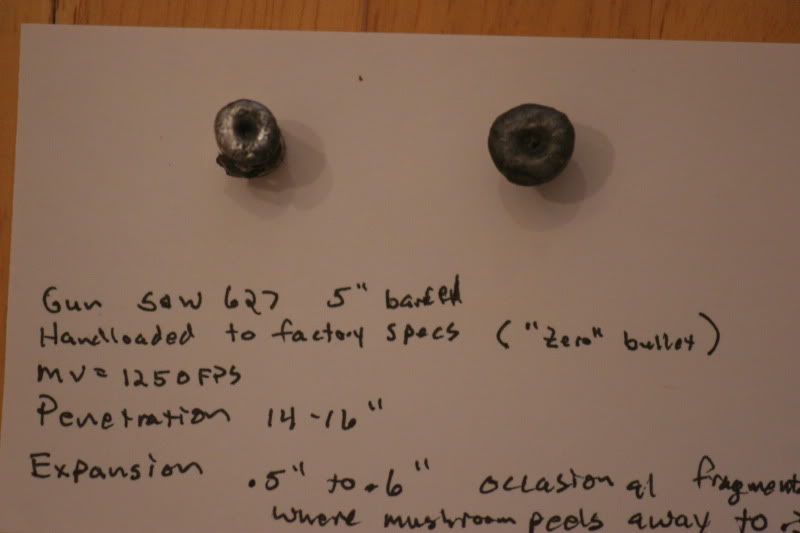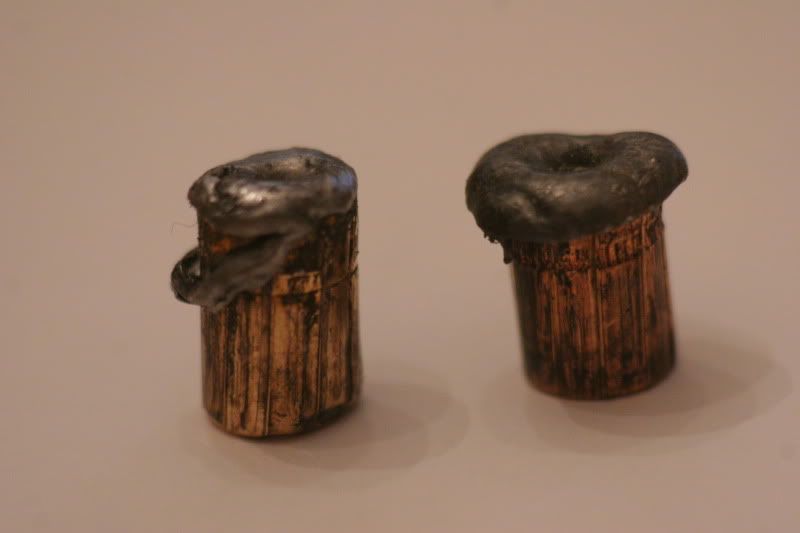Proud Poppa
New member
In looking at different types of ammo I find that there is a broad array of velocities for the same weight bullets, but from different manufacturers. For example, one manufacturer list a 9mm 124gr JHP at 1100 fps while another lists the same bullet at 1200 fps. And then there's the +P's than have the same bullet weight, but at even higher velocities.
I don't mean to major on the minors, but in looking at the same weight bullet, should I opt for the "hotter" rounds? What advantage, if any, does it offer?
I don't mean to major on the minors, but in looking at the same weight bullet, should I opt for the "hotter" rounds? What advantage, if any, does it offer?


